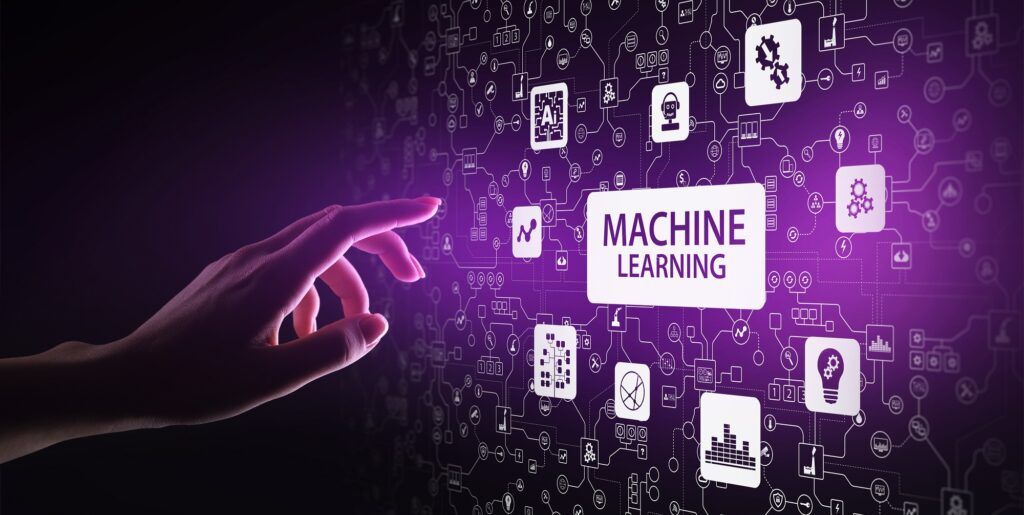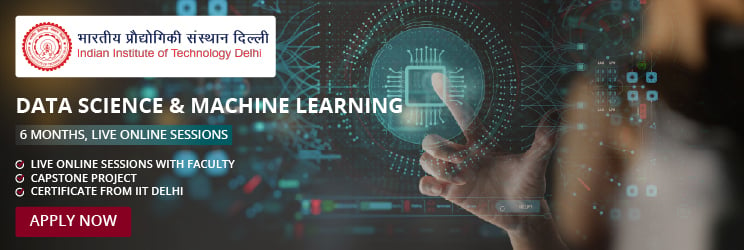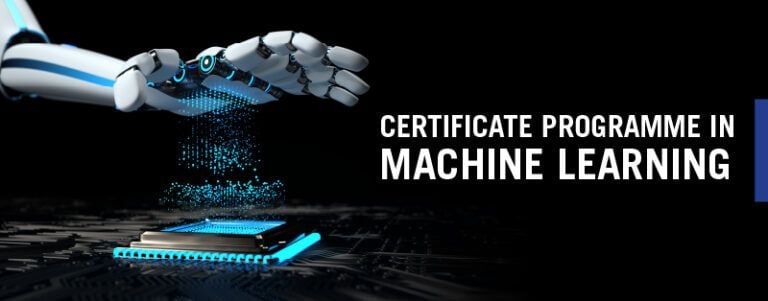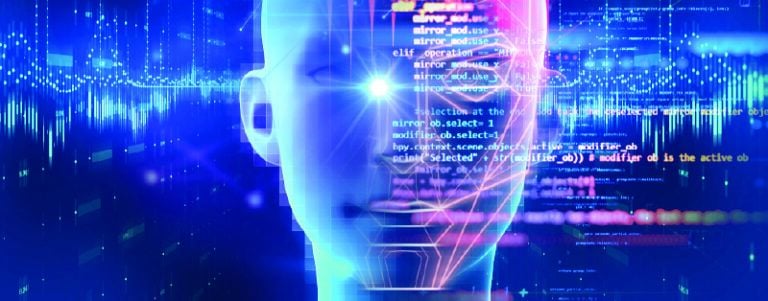Use Cases for Supervised Machine Learning

Machine Learning has completely changed the way business is done in the past few years. Machine Learning algorithms have allowed engineers to leverage data without having to explicitly program machines to follow a specific, fixed path for problem-solving.
Instead of the old way, machines are arriving at the right answer themselves based on the input data that they have. This capability of supervised machine learning algorithms is making business executives rethink the way that they are making data-driven decisions.
In simpler terms, supervised machine learning algorithms are used to make predictions or forecasts on the data that is incoming based on historical data (a training example). There are several learning styles when it comes to training algorithms, but the most common style is supervised learning. Here are how it works and some common use cases to help you understand the concept.
Supervised Machine Learning 101
According to the supervised machine learning models, the answer which is expected from a problem is unknown, but it has already been identified in a historical data set. To simplify, historical data sets have the correct answer, and the only task that the algorithm faces is finding them in the new data set.
Usually, these models operate with the help of three important tasks which come under supervised machine learning regression and classification:
- Binary Classification: In this task, the algorithm is responsible for dividing the data into two different categories.
- Multiclass Classification: In this task, the algorithm has to make a selection between two or more types of answers. The selection will be a target variable.
- Regression: The regression models are responsible for predicting continuous values, whereas the classification models consider the categorical ones.
Problems Faced During Supervised Learning
Despite the several benefits of supervised machine learning models, there are a few aspects that business executive needs to consider before they adopt these learning techniques.
1. Collection of Data
When it comes to supervised machine learning regression and classification, data is the backbone. The greater records you have, the more chances that you are building an accurate model. Organizing and collecting your data is a form of art. So, not only do you need to make sure that you have set a coherent data collection technique, but you also need to make sure that the variables are relevant for prediction.
2. Labelling of Data
In the cases where data collection is given priority and performed correctly, labelling is not an issue. This is because the labels would then be assigned at once after the end of the campaign or the marketing call. But that doesn’t usually happen. For instance, if you want to automate the separation of rotten Apples from good ones at the packaging lines, then you will have to assign labels to a large set of images manually.
To explain, you will have to take many data, both of good and rotten Apples, and then label them. Image recognition is only possible if you have thousands of historical data, so manual labelling might take up too much time.
3. Accuracy of Prediction
According to the probability theory, the accuracy of prediction for a coin flip is 50% for binary classification. A great prediction accuracy is about 90%. This number changes based on the task.
This proves that there will always be a chance that your prediction is incorrect, and that you’ll get greater precision by using a standard approach based on rules instead of supervised machine learning.
Common Use Cases for Supervised Machine Learning
A small survey was conducted among the Artificial Intelligence experts by Tech Emergence to find out how use cases are distributed among the different applications of machine learning. The results only gave a vague understanding, but here are the most common use cases to understand this concept better:
1. Sales and Marketing
Online-driven sales and digital marketing are among the top supervised machine learning projects. Users interact with the internet and leave behind a digital footprint that can be analysed. The supervised learning model has the greatest value impact in terms of tangible results.
- Customer Lifetime Value
- Churn Rate
- Sentiment Analysis
- Recommendations
2. People Analytics
Tracking and using internal operations to get insights is a powerful task for supervised machine learning projects. Most digitized companies today have several employee tracking software as well as historical data sets that they can use to make predictions on employee retention, performance, and other main problems of Human Resource Management.
- Sales Performance
- Employee Retention
- Human Resource Allocation
3. Time-Series Market Forecasting
Time series is a different branch of supervised machine learning and statistics that addresses the prediction of events dependent on time. These may be cyclic or seasonal fluctuations in any market figures.
Generally, time-series forecasting considers time-dependent fluctuations such as seasons, holidays, and other events which impact customer activities, prices, and sales. Right now, time-series data can be used for both internal uses for customer-facing applications and for greater planning capabilities.
4. Security
Most cyber-security techniques revolve around unsupervised learning, but there are many use cases where supervised learning models are mostly used:
- Filtering Spam: As per some sources, 87% of all emails were labelled spam in the month of March 2017. This number is continually dropping because of the spam-filtering ML algorithms being adopted by email services.
- Malicious Links and Emails
- Fraud Detection
5. Internet of Things (IoT) and Asset Maintenance
Digitalization is not just limited to IT infrastructures. Since corporate assets are becoming smarter with the IoT surge, several smart sensors can stream and gather asset data directly into public or private clouds. Here, it is centralized and used further for supply chain organization and resource management.
- Logistics
- Outage Predictions
6. Entertainment
Finally, supervised learning use cases are also in the entertainment field, where the users directly interact with the algorithms. These range from face recognition, and visual alterations, to changing camera pictures into artwork-style images.
The Bottom Line
Machine Learning is changing the way things work in industries, and supervised learning algorithms are playing a huge role in it. There are several use cases for supervised machine learning models, as the fields that generate the most data can be centralized and structured within a company. In case the data set is labelled, the job becomes even easier.







